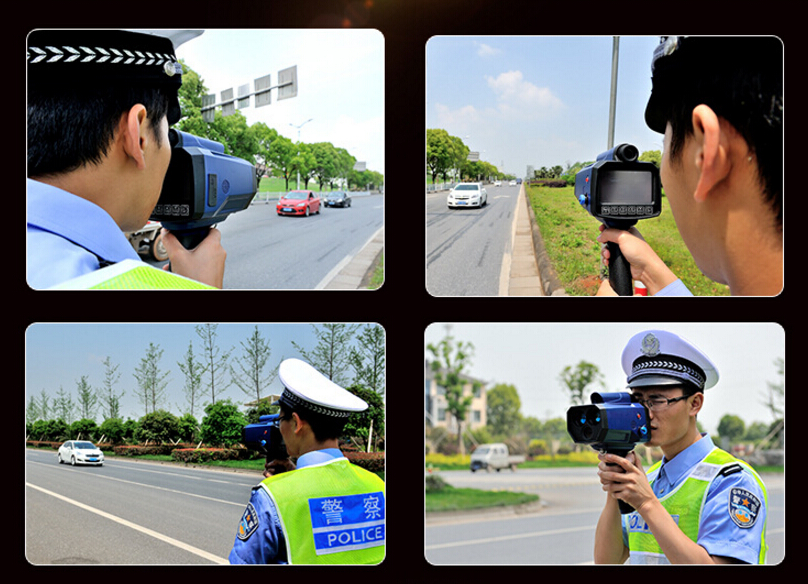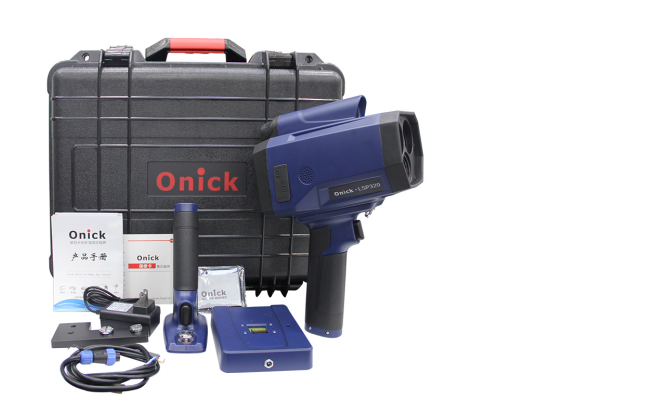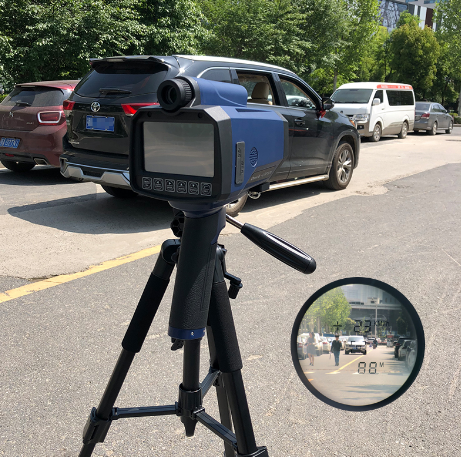Onick Outdoor Optics integrates advanced laser speed measurement and video imaging technologies to launch the Onick LSP320 handheld laser speedometer, an ultra-portable laser speed measurement and recording system. This all-in-one handheld laser speedometer and evidence collection device accurately measures a vehicle's real-time speed and distance, captures still images of speeding vehicles, and records video of them. It's lightweight and easy to carry.

Product Features:
1. 4.3-inch color touchscreen display for clear and easy reading
2. Class 1 eye-safe laser
3. Speed measurement range: 320 km/h, speed measurement accuracy: 2 km/h, distance measurement accuracy: 300 meters
4. GPS functionality, voice prompts, and user-friendly design
5. Supports 16GB SD cards for recording dynamic images for law enforcement evidence
6. RS232 serial communication port; USB2.0 image data transfer
7. Novel design, compact and lightweight, high sensitivity, and long-term operation
Handheld speed guns primarily measure vehicle speed using the following two technologies:

Radar Speed Measurement Technology
The device's built-in micro-radar emits electromagnetic waves at a specific frequency (such as the 24.15 GHz K-band). When a vehicle passes by, these waves are reflected back to the instrument. By calculating the frequency shift between the transmitted and reflected waves (the Doppler effect) and combining it with a wavelength formula, vehicle speed can be calculated. Typical accuracy is ±3 km/h. The camera must be parallel to the vehicle's direction of travel, and the measurement range is typically over 50 meters.
Laser Speed Measurement (LIDAR)
A short pulse of laser light is emitted at the target vehicle, accurately recording the time difference between the laser's round trip and return. The time-of-flight method is then used to calculate the rate of change in distance, thereby determining the instantaneous speed. This technology offers even higher accuracy (±1 km/h accuracy). The laser beam width is only 0.3 meters, allowing it to precisely lock onto a single vehicle. Operation requires steady two-handed control, a short press of the power button to activate the laser aiming, and a minimum 30-second interval between measurements.
Key Operational Points:
Calibration Requirements: Verify accuracy using a known speed marker upon initial use. Regular monthly calibration is required. Recalibration is required in unusual environments (such as rain, snow, or vibration).

Environmental Limitations: Avoid areas with strong electromagnetic interference. Laser speed measurement performance degrades in rain and fog. Radar speed measurement must be kept away from metal obstructions. Measurement Specifications: The radar device must be preheated for 3 minutes, and the laser device must maintain an angle of ±10 degrees relative to the vehicle. The recommended mounting height is 1.2–1.5 meters.
Notes:
Ensure the battery is fully charged and use batteries that meet the specifications (such as C-cell alkaline batteries).
Some models support switching between units (km/h and mph) via a quick key combination.
Remove the battery during long-term storage, and clean the probe regularly to prevent contamination from affecting accuracy.
Applications: Traffic speed measurement, road and factory areas, highways, field training, sports competitions, military and police technology, etc.


